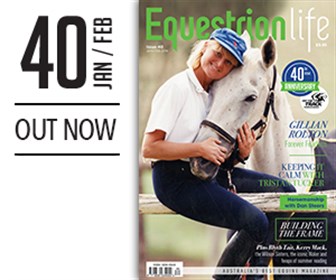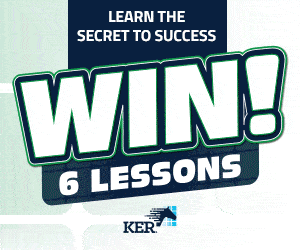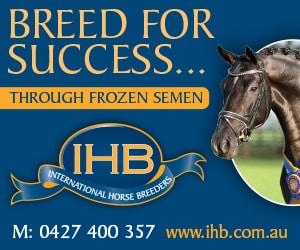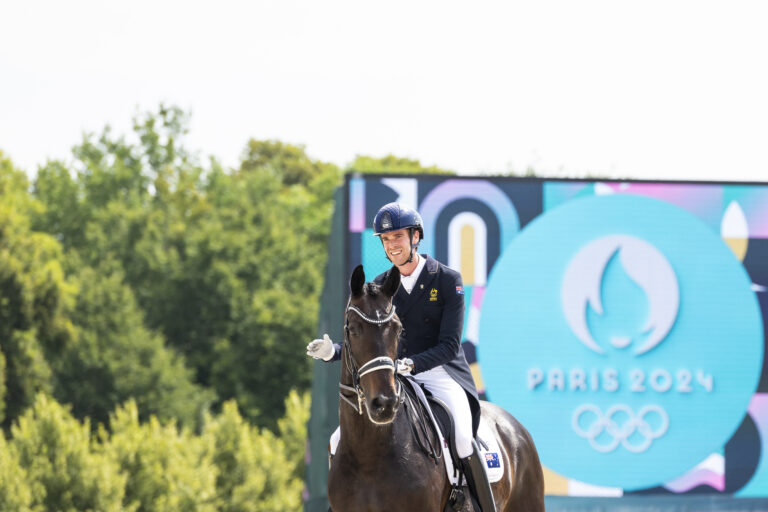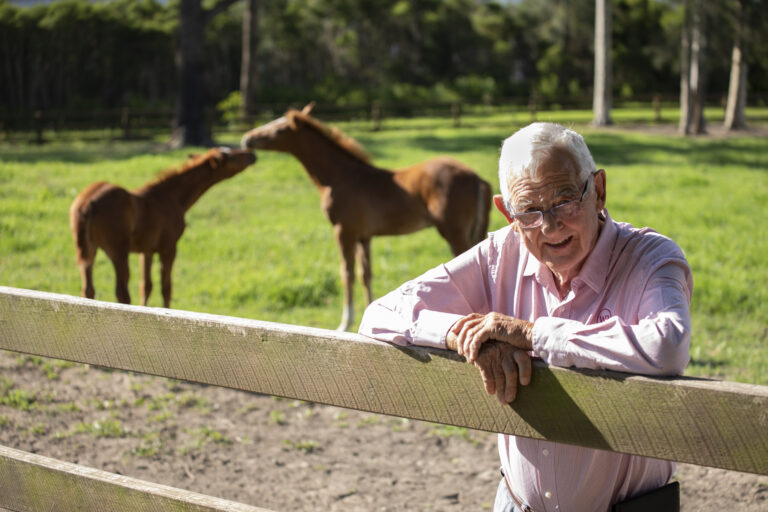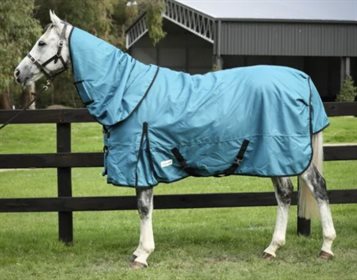
Electric Horseman
Greg Anderson is no stranger to the glitzy world of showbiz. He knew his way around a microphone from a young age. But, when you swap a band for an on-stage partner with four legs, an ability to cope with a close cheering crowd and can take getting into huge venues in his stride, then the training and logistics required are mind boggling.
Some of the best things in life can come about by chance. Greg Anderson was handed just such a moment while still a Melbourne schoolboy and when the Australian rock scene was scouting for new, potentially chart-topping talent.
He’d in fact wanted to be a vet, but ended up with a recording contract at the age of 15 instead. But, he found the rock scene somewhat stifling, limited and not reflective of where he wanted to be. Lurking in the background though was a deep love of horses, initially fostered by his father’s involvement with the Western equine world and some of the pioneer Quarter Horse breeders in Australia. Even so, Greg could be forgiven for never dreaming that one day he’d be wowing audiences on horseback by galloping up staircases and through audiences in some of America’s biggest and most sought-after venues and doing hundreds of shows at the request of leading country music stars such as Dolly Parton, Kenny Rogers and Glen Campbell.
So, how did he go from being a regular on the pop circuit to the man known as Australia’s Electric Horseman? Greg’s parents ran a wool business in Melbourne and he attended the Essendon Grammar School. The multi-talented teenager reached the Grand Final of the then prestigious talent quest, Showcase, which attracted the attention of top management. The Melbourne pop music circuit, along with country shows, became Greg’s school holiday activity. He performed with iconic names such as John Farnham and Normie Rowe, also producing singles. Greg says he found the rock scene ‘limited’ and began writing his own material and exploring other music genres.
At 20, Greg married childhood sweetheart, Lynda Keane, and they bought a property at Terrey Hills near Sydney. Lynda starred in Australia’s longest running television series, Bellbird, but away from the studios, they quickly established a Quarter Horse stud and also had three daughters. “I grew up with horses. My father was involved with rodeos and was a judge in Victoria. I did calf roping as a kid,” Greg says. But, another enterprise was also in full swing. Greg and Lynda established Gala Productions and from a single studio, it grew to a 15,000 square foot studio complex off Sydney’s Broadway where young talent was fostered and television and stage performances devised. “They say never to work with children and animals and I’ve done both,” Greg says.
Back at the farm, Greg was in love with a young colt named Butch. This ‘thickset, old style’ Quarter Horse had been sired by a stallion brought to Australia by the man many regard as the founder of the Australian Quarter Horse sector, Greg Lougher and his Clover Leaf stud. Butch was initially leased. “He was a rearer and hot headed. But, I took him for a ride and we clicked,” Greg says. He competed him in Reining competitions and ended up buying Butch along with a new mare. The showbiz connections then turned up another of those remarkable chances. In 1980, the Sydney Pollack movie, The Electric Horseman, was due for Australian release. With Robert Redford and Jane Fonda in the starring roles, it followed a former champion rodeo rider reduced to doing promotions. When it came time for Redford’s character to ride a former racer named Rising Star, he discovers the horse has been drugged and injured. He absconds with the horse and heads across country to set him free in a remote canyon, with TV reporter Fonda in hot pursuit. It was also the debut film for country star, Willie Nelson, and that enduring song, Mamas Don’t Let Your Babies Grow Up To Be Cowboys.
Greg was asked to promote the film in Sydney, complete with an elaborate electrified suit involving hundreds of lights on both himself and the horse. Greg acquired the suit after the promotion. The electric spectacle of man and horse took off and Australia’s own Electric Horseman was born. Greg could have stayed home following subsequent shows on stage at the likes of the Sydney Town Hall, where he was combining the show with singing. Think about it – controlling Butch, navigating the indoor venue and singing while holding a microphone with one hand. The invention of the microphone headset would revolutionise Greg’s performances. These would go on to include a ride-in appearance at advertising guru, John Singleton’s restaurant as a celebration for then Prime Minister, Bob Hawke’s winning a second term. Greg had been training a new horse, Starstruck, as a backup for Butch. It was a very wise move. Greg would go on to win three Country Entertainer of the Year Awards as well as Variety’s Showman of the Year. He also won the prestigious Mo Award for Production Show of the Year and was in constant demand.
Greg was also involved with the showbiz charity, Variety, and has done numerous shows for them, to the delight of ill children. It was at one of these that star, Sammy Davis Junior, encouraged him to go to America. He was asked to perform at a tribute show in 1990 at Disneyworld in Orlando, Florida. Butch had kicked a fence at home and broken a pedal bone. The young Starstruck would be getting on the plane. It was the sharpest of learning curves. They flew to Los Angeles, then had to drive to Kentucky before going straight to Orlando. “When we got there, they weren’t going to let me do the show. They didn’t realise I was on a real horse. We were so jetlagged, Starstruck was falling asleep on my shoulder. But, we did the rehearsal and they let it go ahead,” Greg says. The audience hadn’t seen anything like it on stage since Gene Autry and Roy Rogers and the result was a standing ovation. If ever there was a trial by fire then Starstruck came up trumps. There were occasions when pyrotechnics were let off by mistake, but Greg controlled the rear up as part of the show. Included in the audience was a crew from an Australian current affairs show that covered the event. So too was the management for Dolly Parton and Glen Campbell. It led to 10 years of work and 4000 shows. Dolly had started her own western world theme park – Dolly’s Dixie Stampede Theatre -in Branson, Missouri. The layout was built specially to accommodate Greg and Starstruck so he could gallop through the audience and up the stairs onto the stage with a daily performance. Starstruck would stay in the US and a recovered Butch was in Australia for the show bookings back home. In the background, the Andersons were having to work like a well-oiled machine as one of Greg and Lynda’s daughters had been severely affected by a bout of meningitis and needed constant care.
As the US shows remained constant and extremely popular, with Dolly opening new venues, Greg and Butch were in demand for private functions and shows back on home turf. But, at 32 and while Greg was in the US, he died of a heart attack. The backup, Stardust, was only two years old and had only had a few weeks of training. The choice was to cancel bookings or get him ready. The Anderson family swung into action and set up a large shed on the property complete with audience and every distraction imagineable. This was coupled with taking him to a gig at the casino where he had to deal with getting to the venue by elevator and then confronting 1000 people who were sitting on the stage area. Greg had to come up three sets of stairs and into the audience. “My stirrups were hitting the backs of the chairs, but he didn’t bat an eyelid,” Greg says. Just as well since he was booked for major birthday parties and other functions.
But, the logistics are very different to packing up a band and hitting the road. “The horses have to travel the same as we do,” Greg says. To this end, he built a float that provides great support for journeys from Sydney to Melbourne or other locations. “Sometimes, we get there on the actual day of the show. On one occasion, the float was hit by a semi-trailer, but the way we’ve done the float, the horse was fine. We arrived 10 minutes before the show and went on,” But, in the world of horses, life can be unpredictable. Just as Greg was booked for another spectacular by the man known as ‘Mr Las Vegas’, Steve Wynn, Starburst died after contracting Equine Cushing’s Disease. Steve Wynn had seen Greg perform at a private function in Sydney. “If I’d ever tried to meet Steve Wynn it would have been impossible. He was in the audience and asked to meet me,” Greg says. But, in training since last September is a new Palomino colt named Spirit. He is currently with a leading trainer in LA and the time needed to bring him up to scratch has been a rare and welcome break for Greg. “Normally I only ever train my own horses, but to get him ready needs this training there.”
Greg has only ever performed with stallions. “I have had three incredible ones,” he says. Another two are also in training work. “I really don’t know how I did 4000 shows in the US with one horse,” Greg says. In the meantime, Las Vegas is waiting for the new steed to be showready. “Mind you,” Greg says, “Steve Wynn’s planned show is all based around water. Given that I wear an electric suit, we may have to chat about that.” And, if there’s such a thing as showbiz being in the genes, Greg proudly conveys that his 14 month old grandson, Jett, is very happy to sit on the front with him on the new Palomino colt now being trained at Terrey Hills.
READ THE LATEST NEWS ARTICLES HERE
